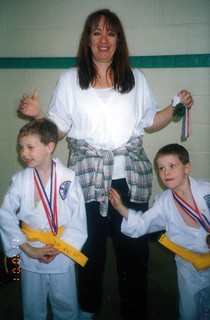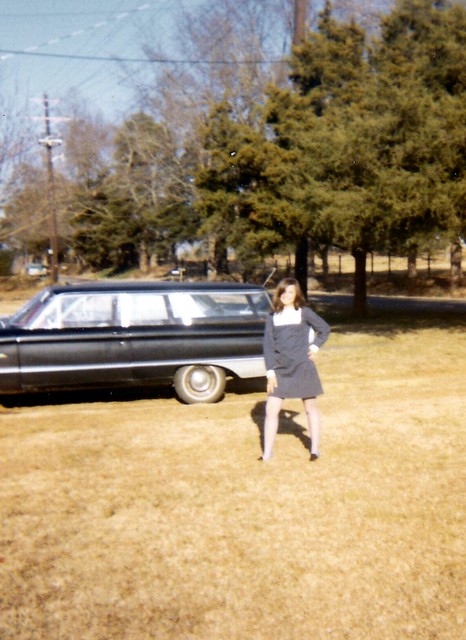David recently made me aware that we lived in as many as four different places in Colorado, and that one of the houses was purchased by my parents in Fountain. I’m wondering if this is that house, because it’s obviously new construction. There’s no landscaping at all yet, and it doesn’t even look as if the driveway’s been poured. And that roof is perfect.
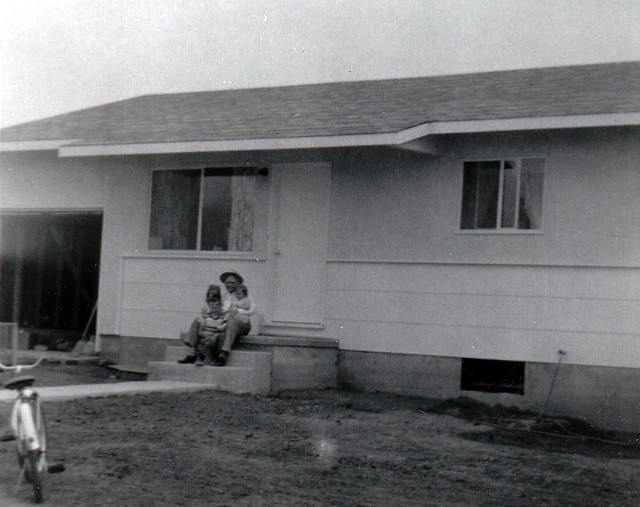
Note, however, that curtains are hanging in the windows, and I have no doubt that inside, even if we only just moved in, everything has been unpacked and put away, and the walls are hung with paintings. My mother’s packing efficiency was exceeded only by her unpacking efficiency. She used to say the reason she moved so much was because once she finally had a house exactly the way she wanted it, inside and out, she was bored and wanted to do it again. When that was impossible–and because they didn’t have the kind of income that would have allowed her to redecorate when she got restless–she just rearranged. I never knew what might be different every day when I came home from school. These days, she could probably hire herself out to people who are so busy that they still have boxes tucked away in closets or a garage years after they’ve moved in. She made moving an art.
What I love about the photo is that someone–my mother or father–is supposed to be taking pictures of their lovely children with Papa. But pride of new house has won out and we are nothing but little human specks in the distance. That’s still my favorite way to be photographed! 😉
Except for the blur and tilt, they did better on this one, where we sit on the front steps with both Papa and Miss Mary Jane.
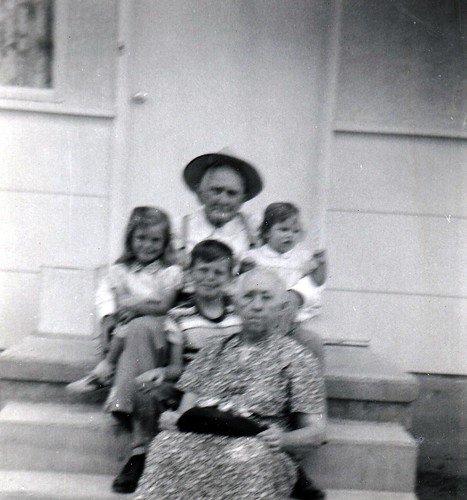
Finally, here’s one Cousin Rachel sent us. Debby uses this one on FB as her user photo.
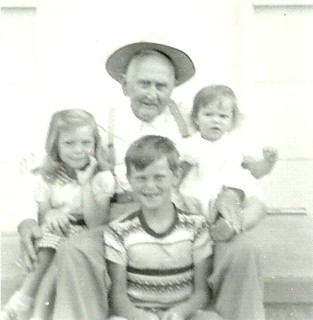
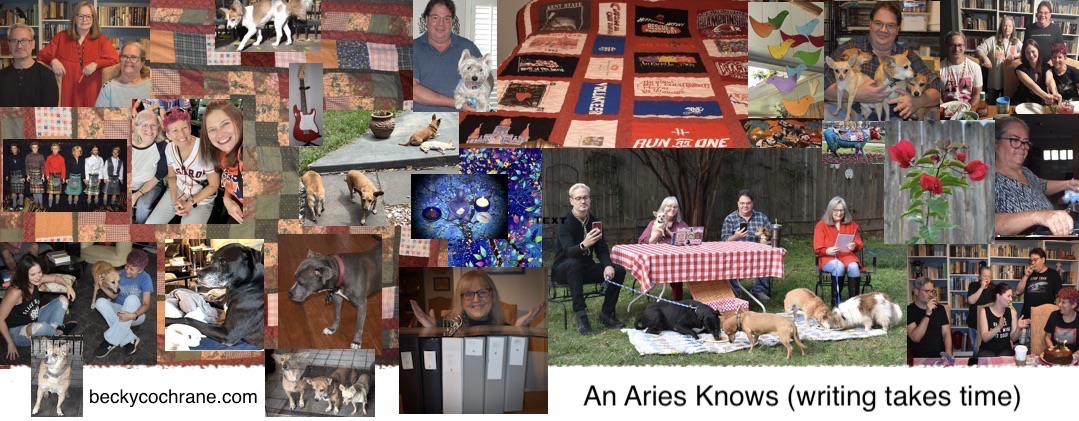

 This is my paternal grandfather Ellison Gustavus, also called Ellie Gus and E.G. throughout his life. We called him Papa. He was born in 1870, so that gives you an idea of how old this photo is. On the back, someone has written, “This print made from a tintype.” I don’t recognize the handwriting.
This is my paternal grandfather Ellison Gustavus, also called Ellie Gus and E.G. throughout his life. We called him Papa. He was born in 1870, so that gives you an idea of how old this photo is. On the back, someone has written, “This print made from a tintype.” I don’t recognize the handwriting.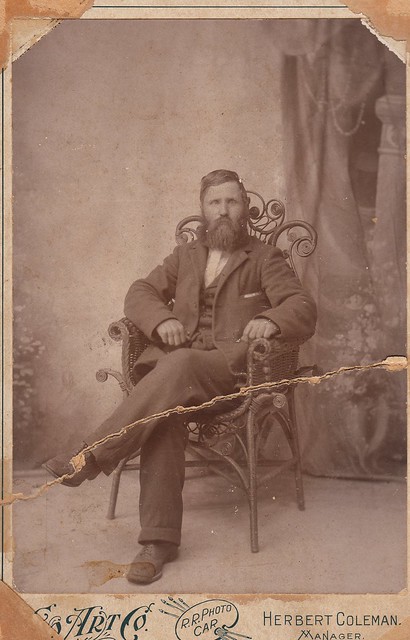
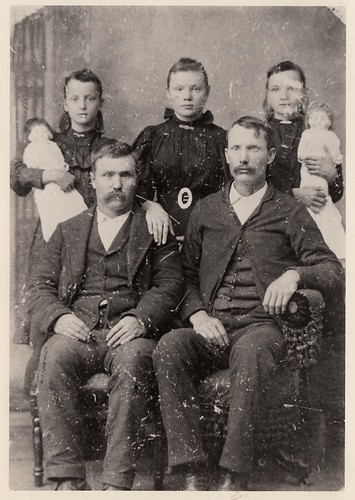
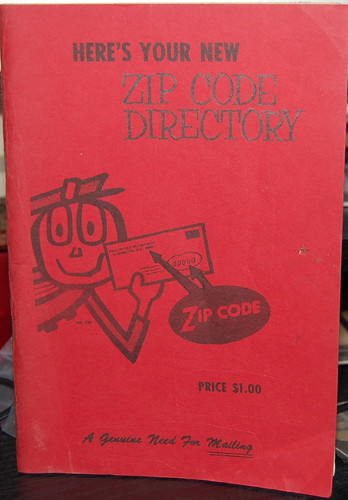
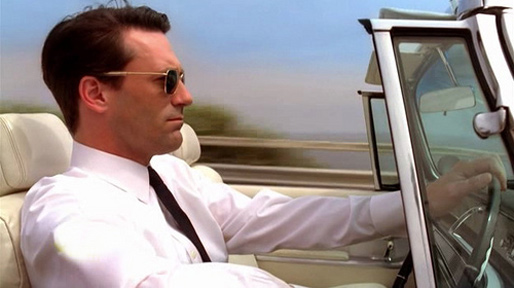
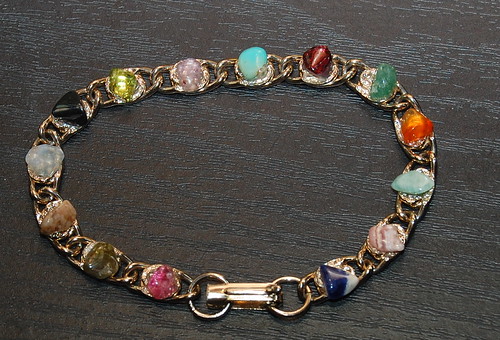
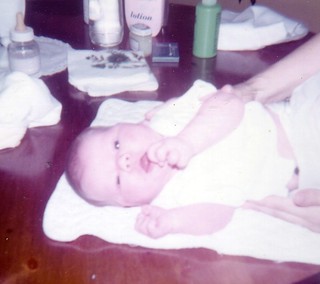 The November 12 that you were born was pretty much the most exciting thing that had ever happened to me. That’s saying a lot, because I’d had a life filled with some stellar moments up to that point. Your parents stayed with us for a few days when you came home from the hospital, and I couldn’t stop going into the room where you slept in your bassinet to stare at you.
The November 12 that you were born was pretty much the most exciting thing that had ever happened to me. That’s saying a lot, because I’d had a life filled with some stellar moments up to that point. Your parents stayed with us for a few days when you came home from the hospital, and I couldn’t stop going into the room where you slept in your bassinet to stare at you.
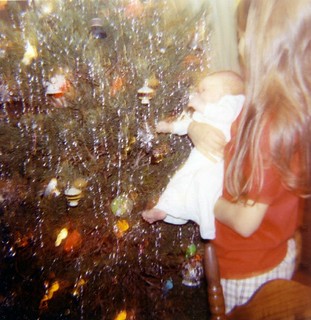
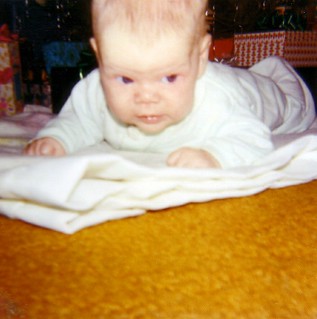
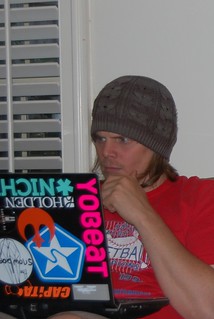
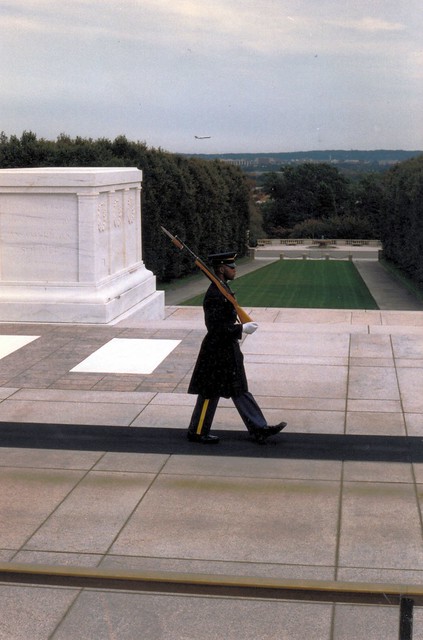
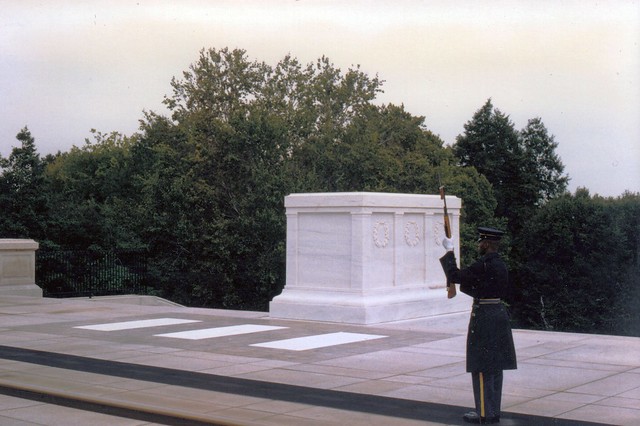

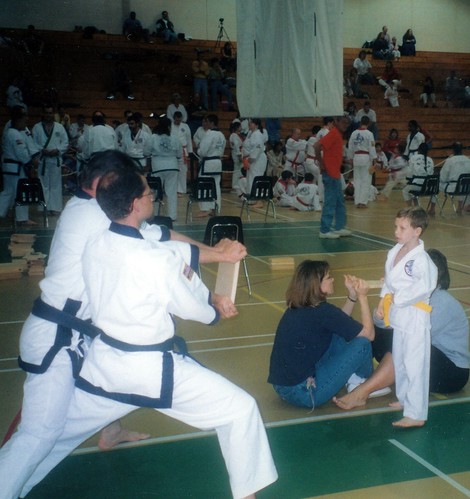

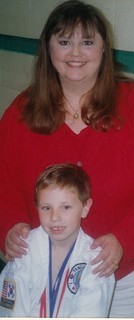 From that day on, each time I saw Aaron, my heart would give that same little leap. Sometimes it’s impossible to believe it won’t happen again. He’ll always be here, though, in my heart. And as the years go by, Lisa and Alex will remain what they became that November day: family by choice, by love.
From that day on, each time I saw Aaron, my heart would give that same little leap. Sometimes it’s impossible to believe it won’t happen again. He’ll always be here, though, in my heart. And as the years go by, Lisa and Alex will remain what they became that November day: family by choice, by love.